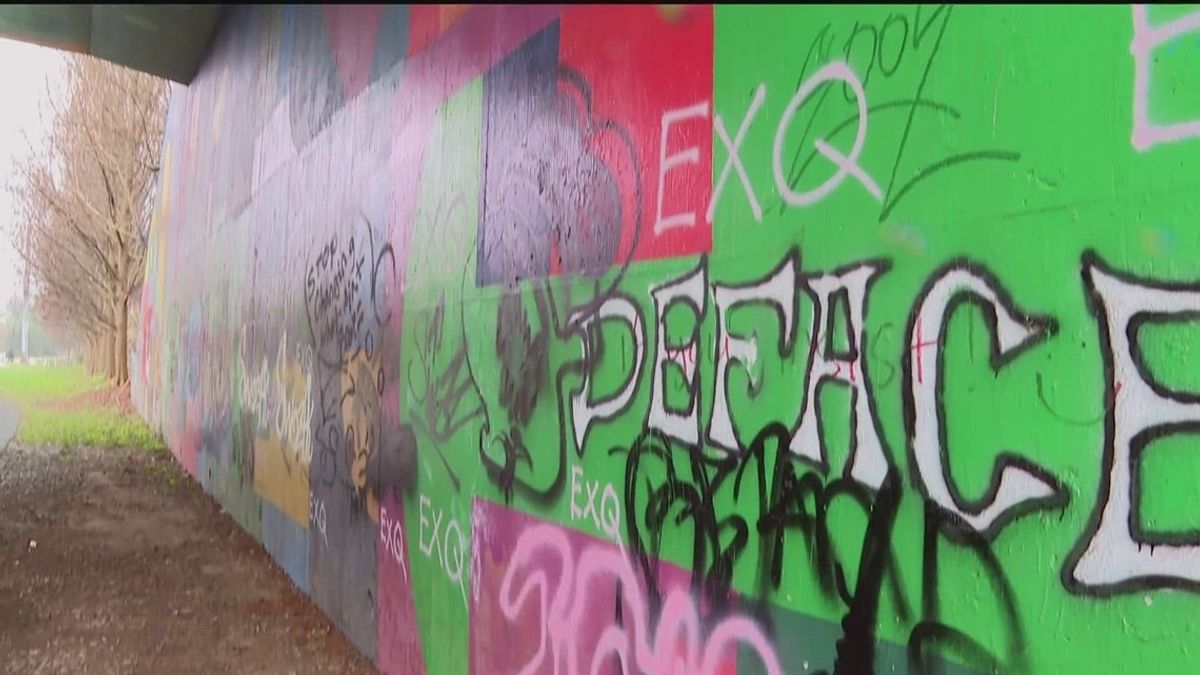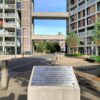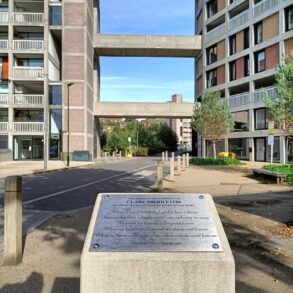
Atlanta’s BeltLine has become the focal point of a new city initiative focused on beautifying its public spaces. In a recent announcement, the City of Atlanta unveiled a strategic plan to enhance park amenities while addressing the burgeoning issue of graffiti. This dual approach aims to balance cultural expression with urban cleanliness, sparking debates on the limits of street art versus vandalism.
Balancing Act: Art and Cleanliness
The BeltLine, a popular urban trail, has long been a canvas for local artists and a symbol of Atlanta’s vibrant street art scene. However, the distinction between art and graffiti has become a topic of discussion among city officials and residents. ‘Sometimes, it does spill over, and it doesn’t bother me,’ remarked Quarles, a local artist, highlighting the blurry line between creative expression and unsanctioned tagging. Despite differing opinions on what constitutes art, there is a consensus on the need for some boundaries. In response, Atlanta BeltLine officials have clarified that the city’s free paint spaces on Freedom Parkway and the Krog Street tunnel will remain untouched, preserving areas designated for artistic endeavors.
Investing in Green Spaces
To complement the graffiti removal efforts, the City of Atlanta has allocated $16 million to the Park Improvement Fund. These funds are earmarked for enhancing park facilities, with an emphasis on the BeltLine. While some community members voiced preferences for expanding the BeltLine’s trails or widening existing paths, city planners have prioritized the cleanup initiative as part of a broader strategy to improve public spaces. This significant financial commitment underscores the city’s dedication to creating enjoyable and clean environments for residents and visitors alike.
Graffiti Cleanup Pilot Program
As part of the initiative, a graffiti cleanup pilot program is slated to run through the next summer. This program represents the city’s proactive stance on maintaining the aesthetic appeal of its public spaces while grappling with the challenges of urban art management. The initiative has garnered mixed reactions from the community, with some applauding the effort to preserve the city’s beauty, while others lament the potential stifling of artistic expression. Nevertheless, the program marks a critical step toward reconciling the diverse perspectives on urban art within Atlanta’s public discourse.
As Atlanta embarks on this ambitious project to refurbish its parks and tackle graffiti, the initiative raises important questions about the future of urban art, community spaces, and the role of public investment in shaping the city’s cultural landscape. By forging a path that seeks to honor artistic freedom while promoting cleanliness and order, Atlanta sets a precedent for cities grappling with similar dilemmas. The outcomes of this endeavor may well redefine the boundaries of street art and public space maintenance, offering valuable lessons in urban aesthetics and community engagement.
This post was originally published on this site be sure to check out more of their content.









